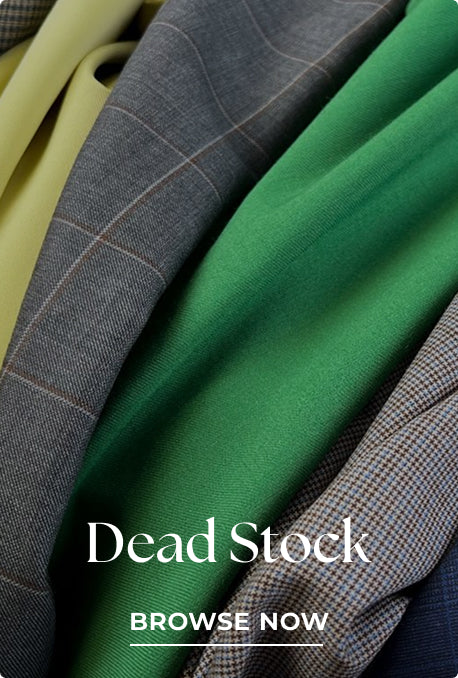Interfacing
If you're looking for a fabric that will help give your garments a more polished look, interfacing is a great option. It's often used on collars, cuffs, waistbands and pockets, providing additional structure and support. This ensures that your clothes retain their shape and look neat and tailored. Interfacing comes in different weights and stiffness’s, so you can choose the one that best suits your needs. With interfacing, you can create well-crafted garments that look professional and put-together.

























